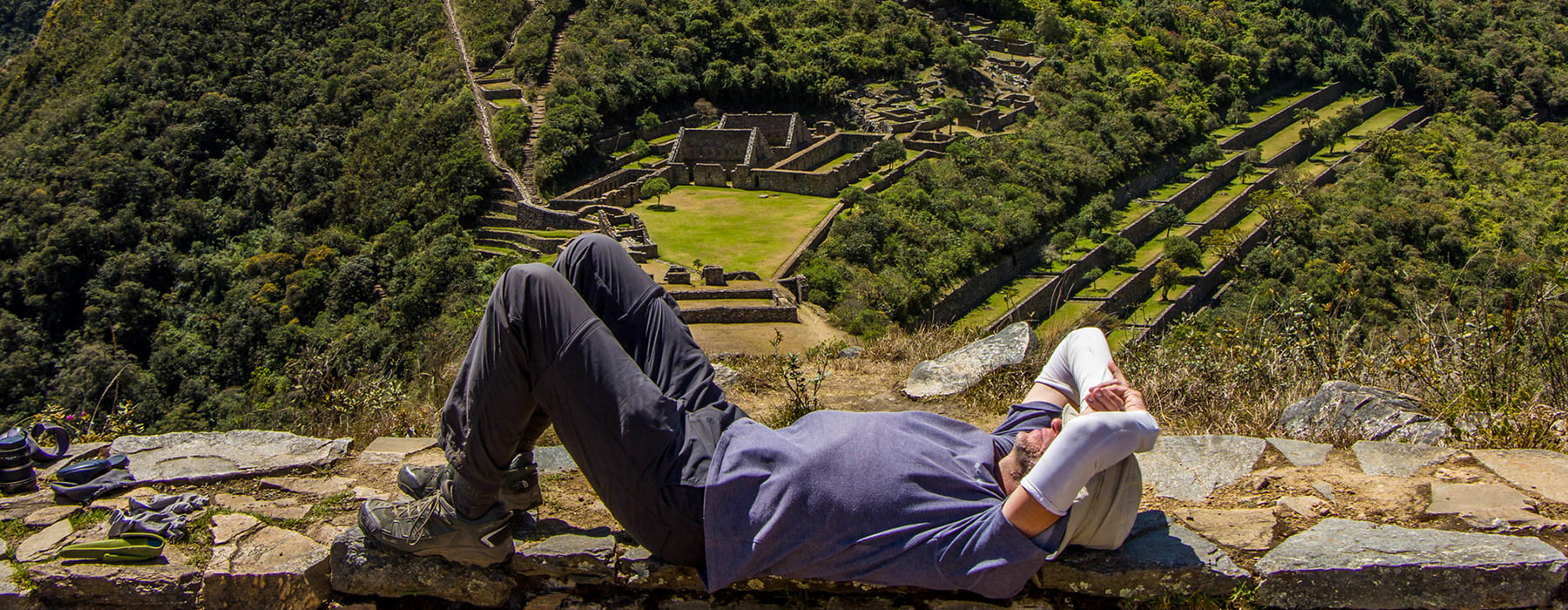
Located in the remote mountains of southern Peru, Choquequirao is an archaeological site that is often overlooked compared to its famous counterpart, Machu Picchu. However, this ancient Inca city is a destination worth exploring, offering a fascinating mix of history, culture and natural beauty. In this article, we will take you on a detailed tour of the Choquequirao ruins, its history, how to get there and what to do in this hidden gem.
The ruins of Choquequirao are one of the most impressive treasures of the Inca civilization, often overshadowed by the famous Machu Picchu. Located in the Cusco and Apurimac region of Peru, these ancient structures offer a fascinating look at Inca culture and architecture, as well as a unique experience for travelers seeking adventure and exploration. In this blog, we will delve into the history, architecture, biodiversity and the experience of visiting these inca ruins.
Deep in the Peruvian Andes, far from the hustle and bustle of the best-known tourist destinations, lies an archaeological gem that has captivated adventurers, historians and curious travelers: Choquequirao, the “lost brother” of Machu Picchu. This archaeological park is not only a historical wonder, but also an adventure destination that combines natural beauty with the mystery of ancient civilizations. We will explore what makes Choquequirao a unique place and why it should be a mandatory stop on the list of the most intrepid travelers.
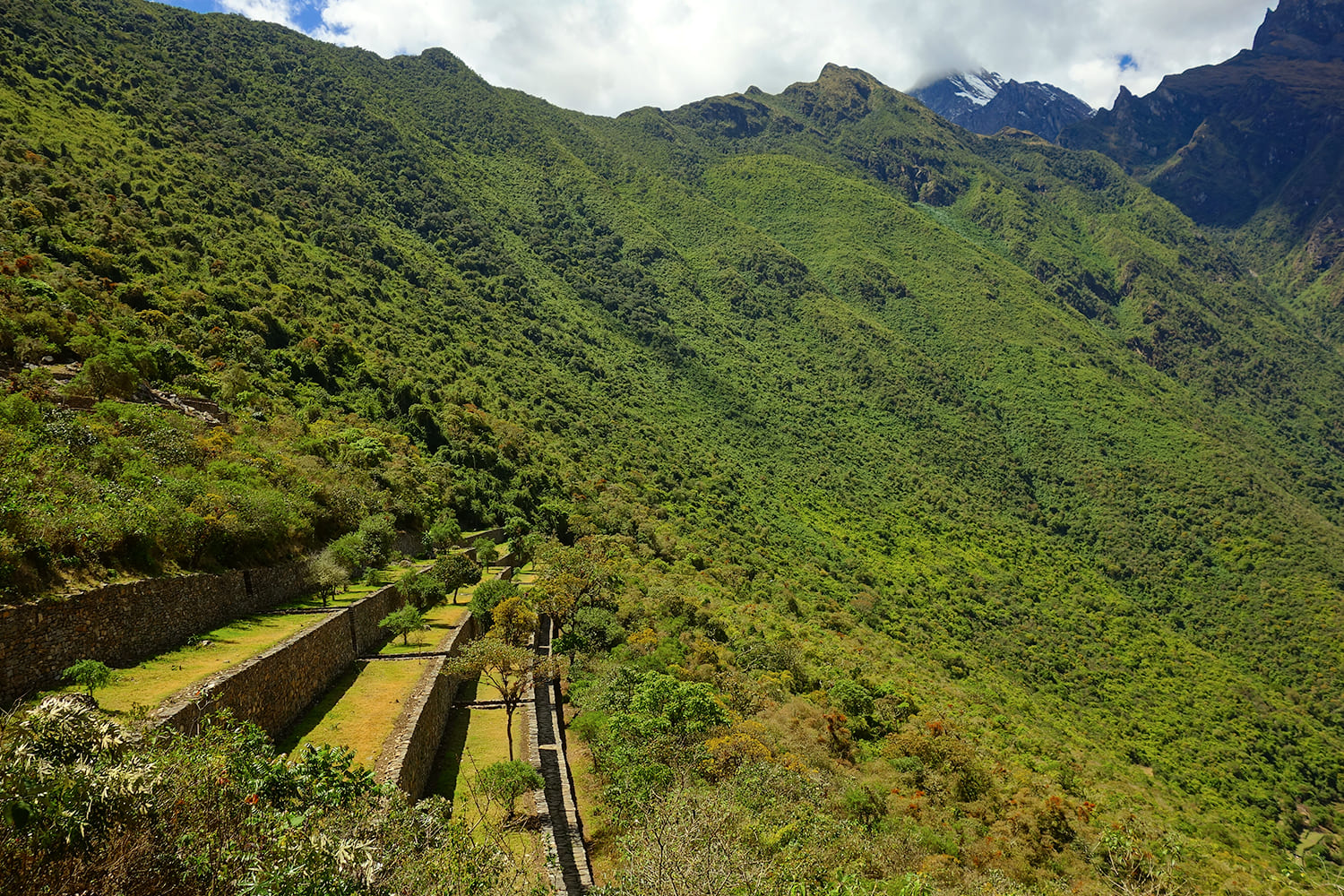
Choquequirao is an ancient Inca ceremonial and urban center located in southwest Peru, specifically in the region of Cusco, in the district of Santa Teresa, in the province of La Convencion. Its name comes from the Quechua “Choque” which means “gold” and “K’iraw” which means “cradle” or “birthplace”, which can be interpreted as “Cradle of Gold”, it was an important political and religious center of the Inca Empire. It is believed that it was built in the 15th century, under the rule of the Inca Pachacutec. Although less known than Machu Picchu, Choquequirao played a crucial role in the Inca resistance during the Spanish conquest. Its strategic location in the mountains made it a surveillance and refuge point. Although its existence was known since the 19th century, it was not until a few decades ago that it began to gain notoriety for its size, its location and its historical importance.
The ruins extend over more than 1,800 hectares and are made up of numerous structures, agricultural terraces and roads. Despite having been largely ruined and overgrown for centuries, excavation efforts have revealed its majesty and complexity.
Choquequirao is believed to have been an important administrative and ceremonial center of the Incas, built in the 15th century. Its strategic location in the high mountains allowed it to control the trade routes between the Cusco region and the jungle. Although it has been speculated that it may have been a refuge for the Inca elite during the Spanish conquest, its exact purpose is still not completely clear.
The ruins were rediscovered by American archaeologist Hiram Bingham in 1909, although they did not achieve the fame of Machu Picchu until decades later. Since then, several excavation and restoration projects have revealed the magnitude and complexity of this ancient city.
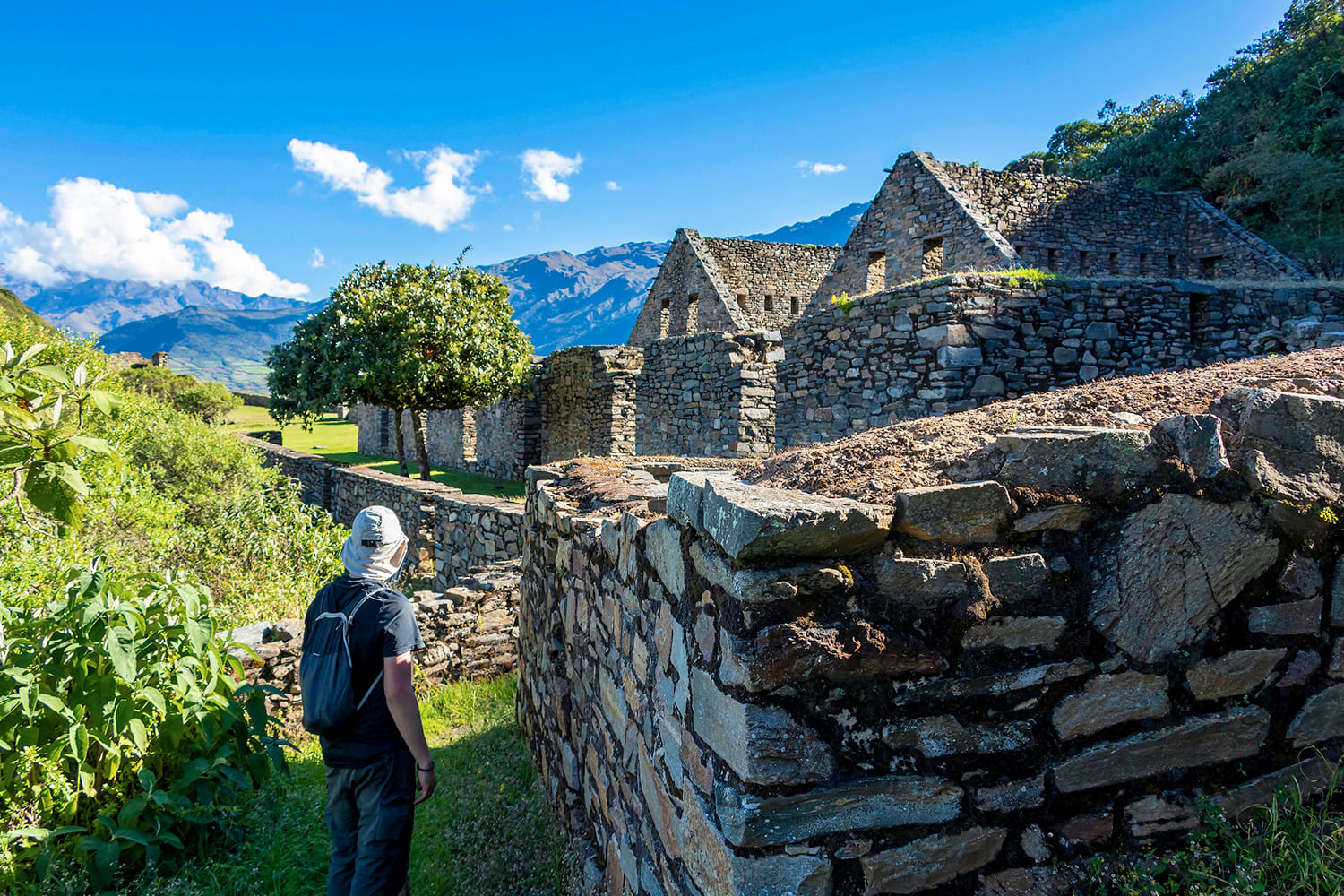
Unlike other archaeological sites, such as Machu Picchu, which are relatively well connected, Choquequirao is characterized by its isolation. Getting to Choquequirao requires a little effort, but the reward is worth it. Most visitors start their trip from Cusco. From Cusco, you can choose to take a bus to the town of Cachora, which is the most common starting point for the hike to the ruins.
Most travelers choose to do the tour on foot, which becomes a true test of physical endurance and a rewarding challenge for trekking lovers. The route from the town of Cachora (located about 4 hours by car from the center of Cusco) to Choquequirao has a distance of approximately 32 km (one way), which is equivalent to about 3 or 4 days of walking depending on your level. of experience and pace. The road crosses diverse landscapes, from plains to steep mountains, offering impressive views of the Apurímac canyon.
The trail is steep and challenging, passing through several ecological floors, from warm, tropical climate to mountainous vegetation, making the journey both physically challenging and an immersive experience in the region’s biodiversity. The climb to the archaeological site involves descending through valleys and then ascending to the summit, which makes it a challenge that only the most prepared adventurers dare to face.
Trekkers can also opt for organized tours that include guides, food and equipment. It is advisable to bring enough water, sunscreen and appropriate clothing, as the weather can vary considerably.
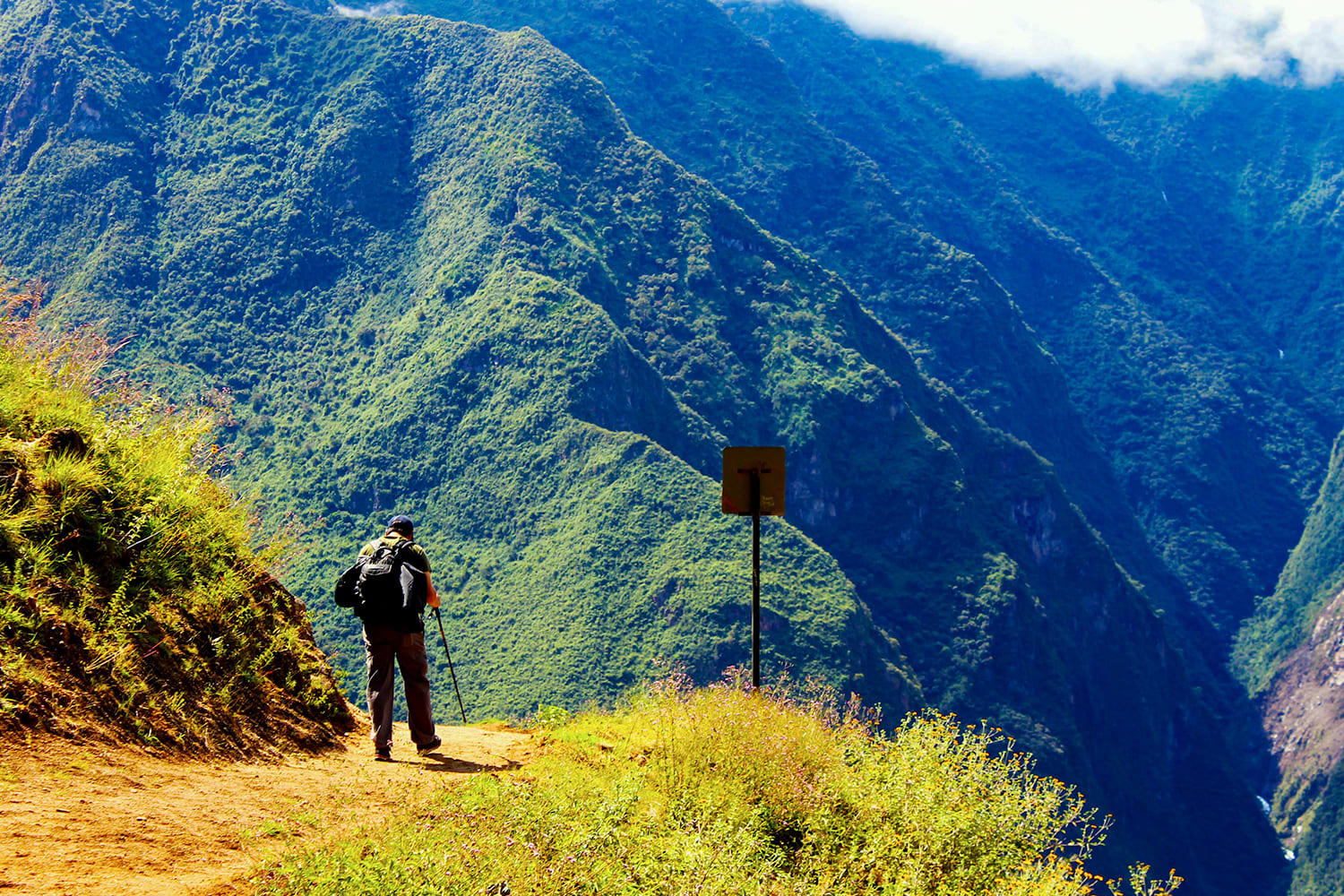
Upon reaching the ruins of Choquequirao, you will be greeted by a stunning panorama of agricultural terraces, stone buildings and temples, all built with the impeccable engineering that characterizes the Incas. Here are some of the highlights:
This large plaza is the heart of the archaeological site. It is surrounded by large structures and agricultural terraces, which bear witness to the Inca ability to work the land in difficult conditions.
One of the most impressive features of Choquequirao is its extensive agricultural terraces. These terraces allowed the Incas to farm on steep terrain, and are an example of the advanced hydraulic engineering of the Inca civilization. In addition to serving as a cultivation system, the terraces helped prevent soil erosion. The terraces are a masterpiece of Inca engineering and demonstrate their knowledge of agriculture. They used advanced techniques to grow corn, potatoes and other crops, adapting to the geography and climate of the region.
This temple, believed to have had a ceremonial purpose, is one of the main points of interest at the site. Its design and orientation are aligned with astronomical phenomena, reflecting the deep connection of the Incas with nature.
The palace complex is a sample of Inca architectural ingenuity. Its well-built walls and strategic layout offer a glimpse into the life of the Inca elite.
These fountains, located near the temple, served a ritual purpose and were also a symbol of the importance of water in Inca culture.
Choquequirao was part of the vast Qhapaq Ñan road system, a network of routes that connected various points of the Inca Empire. It is believed that this road also linked Choquequirao with Machu Picchu, which reinforces the idea that both sites may have had a strategic and cultural relationship.
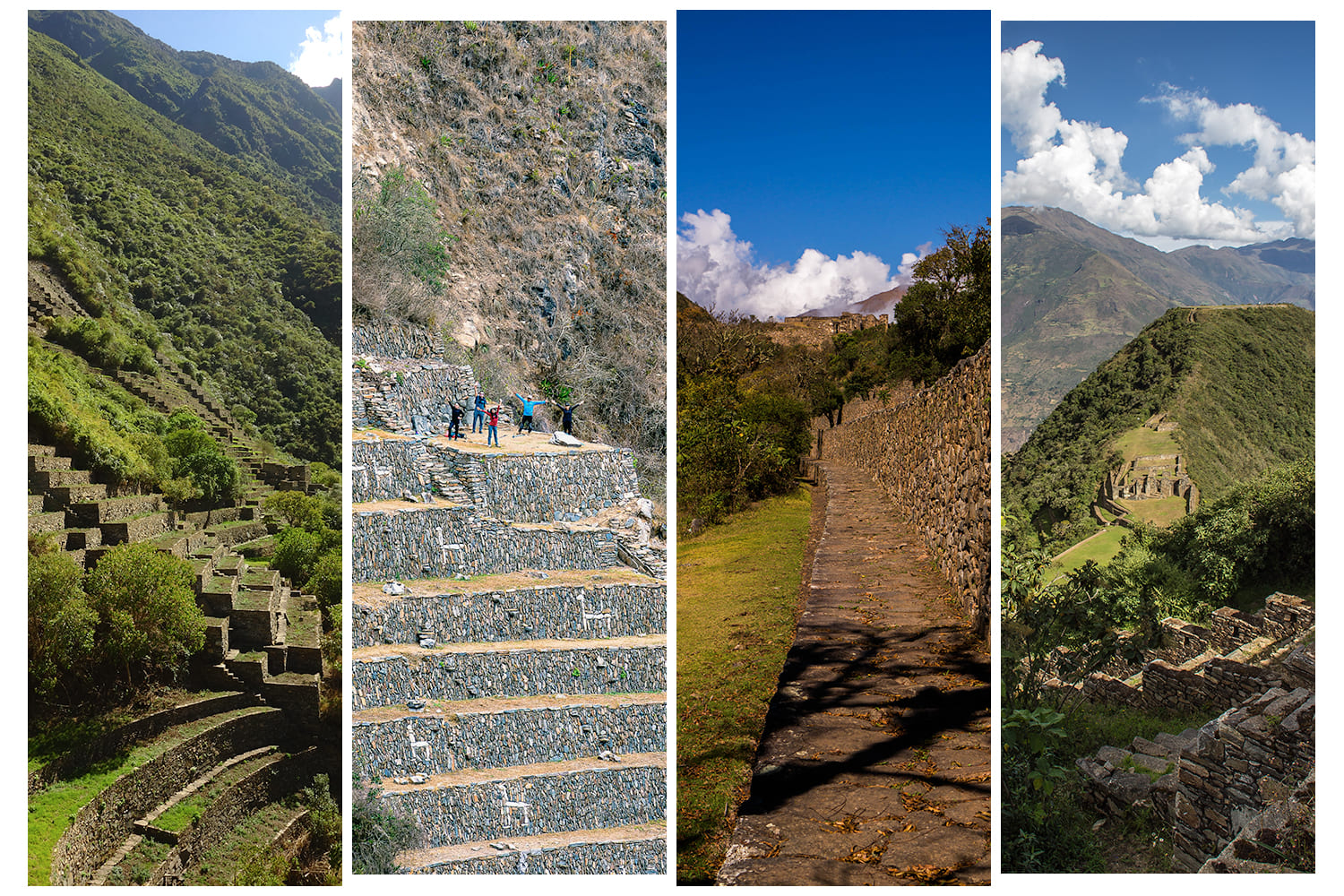
Choquequirao is located in a diverse ecosystem that varies from cloud forests to high mountain areas. This environment is home to a rich variety of flora and fauna, including orchids, birds such as the Andean condor, and various species of mammals. The trails to the site are also an opportunity to observe biodiversity and enjoy the impressive beauty of the Andean landscape.
– Orchids: An impressive variety of orchids that bloom in the region, adding color and beauty to the landscape.
– Wildlife: Among the animals that inhabit the area are condors, deer and a variety of birds, which makes Choquequirao an ideal destination for nature lovers.
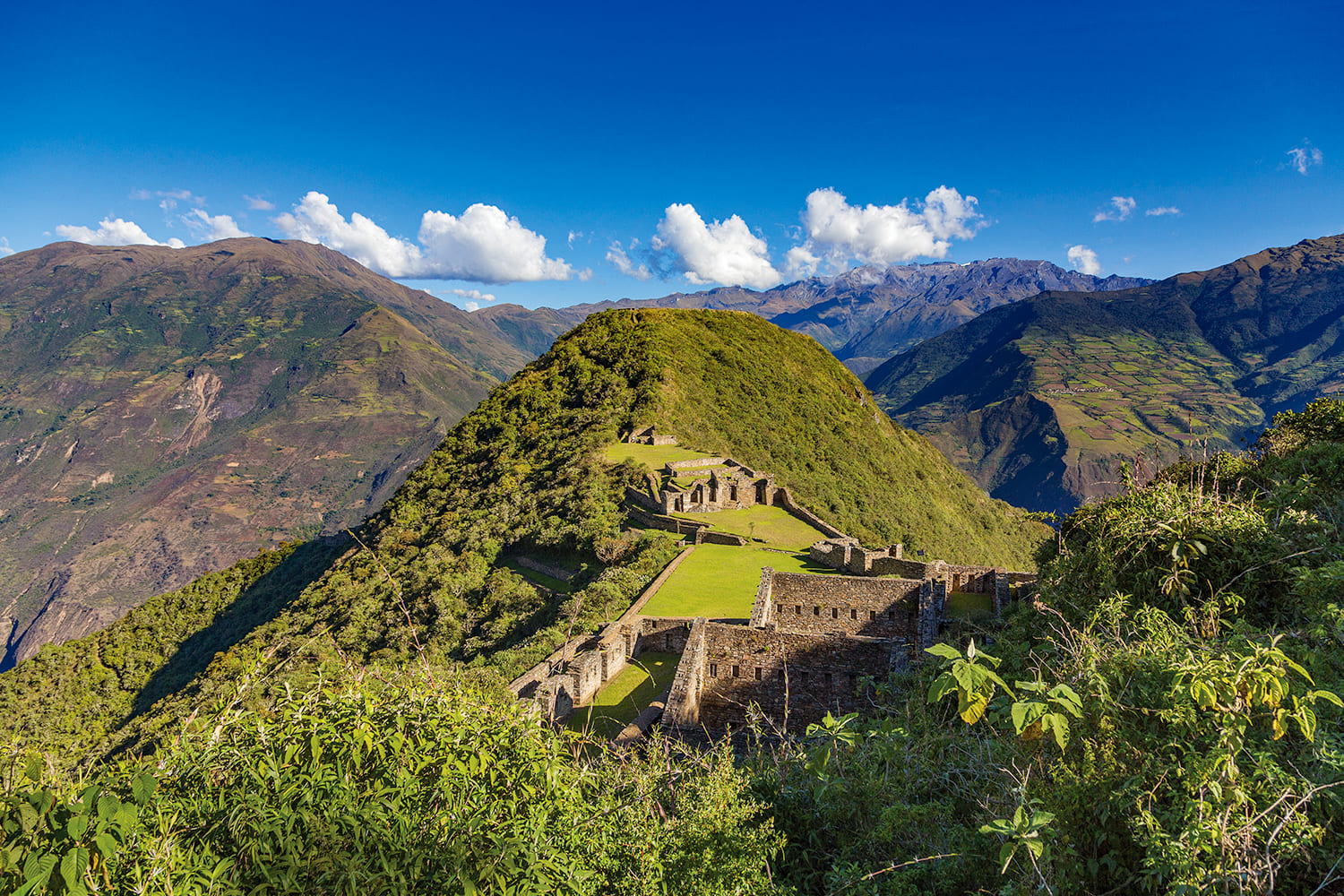
Access to Choquequirao requires effort, as there are no roads that directly reach the site. The trails leading to the ruins are challenging, but offer spectacular views of the surrounding landscape. Generally, it is recommended to take a multi-day hike from the town of Cachora, which can be a rewarding experience for hiking and nature lovers.
– Best time to visit: The dry season, from April to October, is ideal to avoid rain and enjoy clear skies.
– Preparation: Bringing enough water, food and clothing suitable for climatic variations is essential. It is also advisable to bring sunscreen and insect repellent.
– Guides: Hiring a local guide not only enriches the experience with information about Inca history and culture, but also supports the local economy.
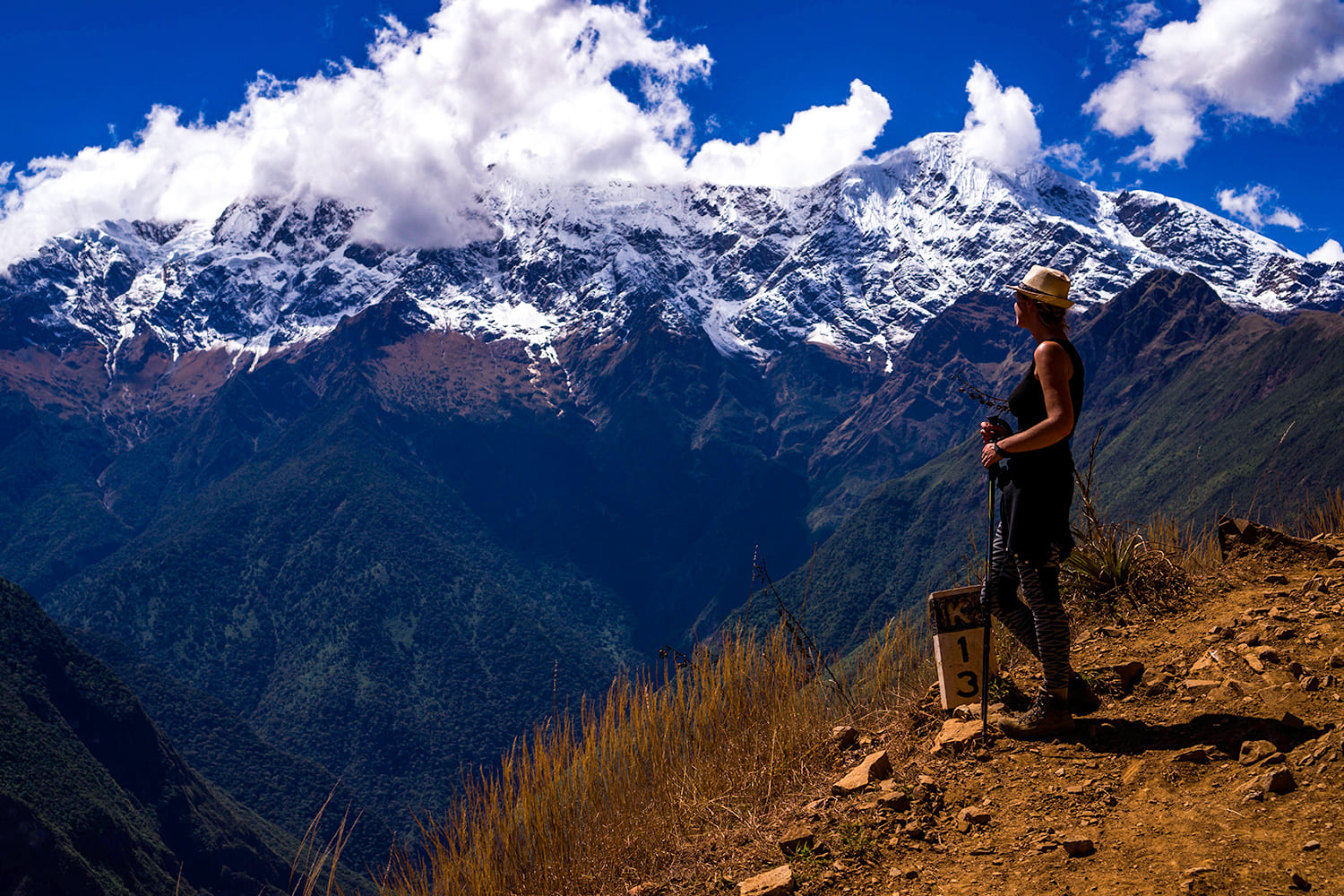
Despite its beauty and cultural value, Choquequirao faces challenges in terms of conservation. Increased tourism and erosion are major concerns. However, there are efforts underway to protect and preserve the site, including sustainability initiatives and visitor education.
Unlike Machu Picchu, which is one of the most visited tourist destinations in the world, Choquequirao remains relatively unknown. This means that travelers can enjoy a much calmer and more authentic experience, surrounded by virgin nature and an atmosphere very different from that of the most common tourist destinations.
The trek to Choquequirao is one of the most spectacular in Peru, with a combination of scenic beauty and physical challenge. The journey takes you through deep canyons, crystal clear rivers, cloud forests and stunning mountain scenery. Travelers experience not only history, but also nature in its purest form.
Choquequirao is an impressive testament to Inca engineering, both in its architecture and its agricultural system. Walking through this site is like going back in time, entering the life and culture of the ancient inhabitants of the Inca Empire. Travelers have the opportunity to experience the mystical atmosphere and legacy of this civilization.
Although Choquequirao is an important site, it has not yet been fully explored. Archaeologists continue to work to unearth new areas of the complex, adding an air of mystery and excitement to the site. In the coming years, with the construction of new trails and improvements in access, the park is expected to become one of the most prominent destinations in Peru.
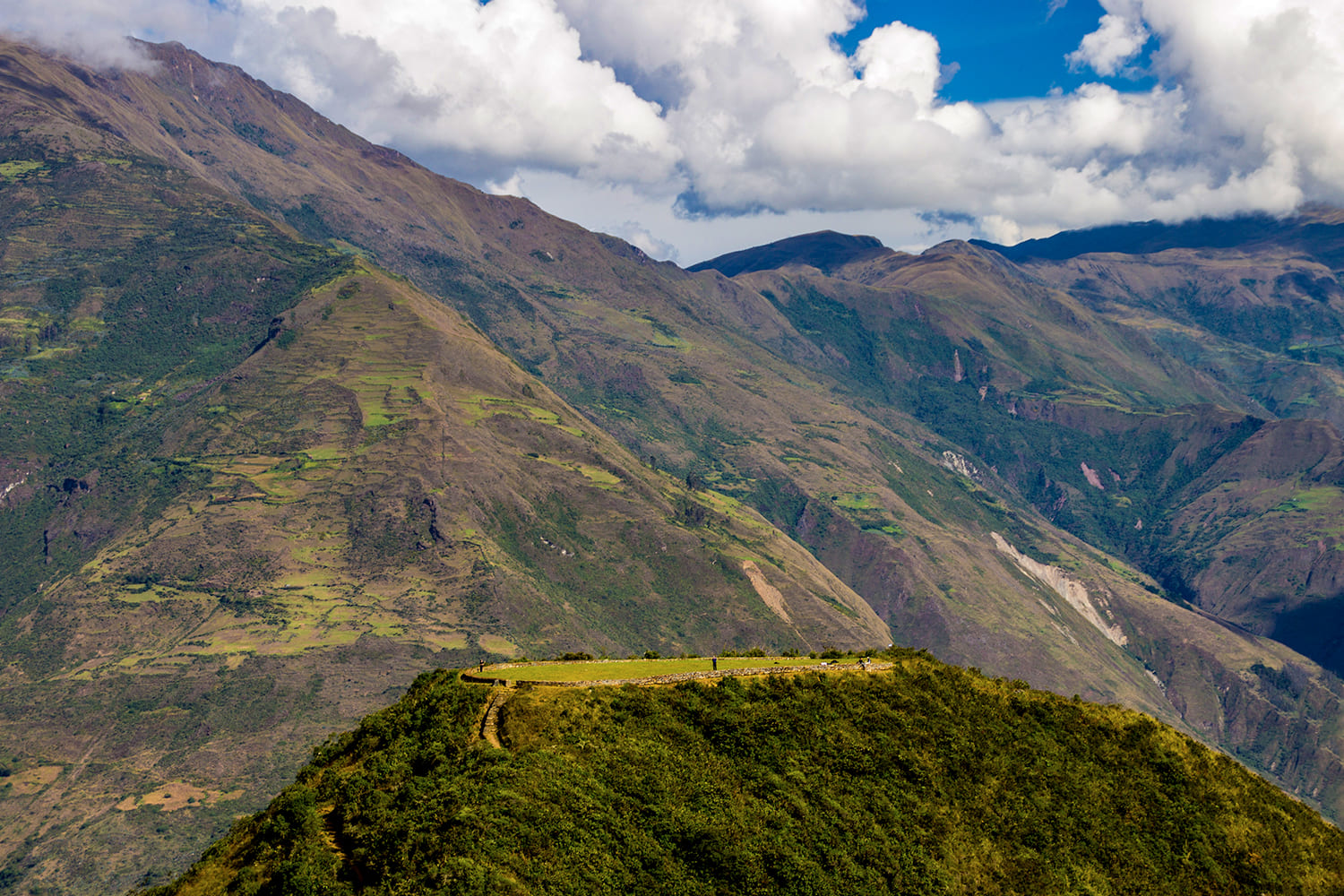
– Prepare your physique: Trekking to Choquequirao is demanding. It is recommended to be in good physical shape and wear appropriate clothing and equipment for hiking.
– Acclimatization: The altitude in the area is considerable, so it is advisable to acclimatize well in Cusco before undertaking the walk.
– Bring enough water and food: There aren’t many options for supplies along the way, so it’s crucial to bring enough supplies.
– Hire local guides: Local guides can provide valuable information about the history and culture of Choquequirao, as well as help navigate the terrain.
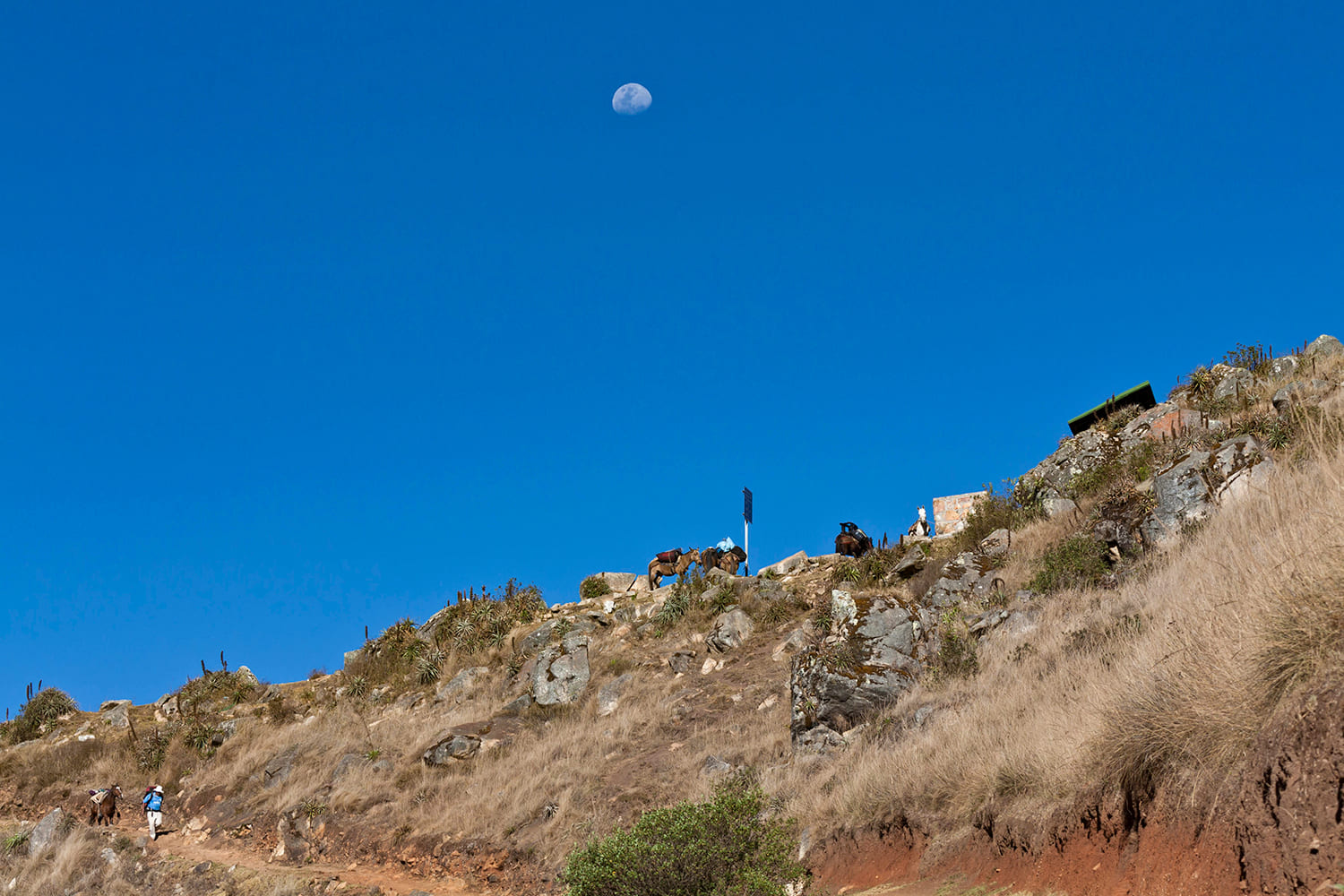
Choquequirao is more than just a tourist destination; It is a testament to the ingenuity and resilience of the Inca civilization. For those looking for an authentic experience that is less crowded than Machu Picchu, this site offers a unique combination of history, adventure and natural beauty. By visiting Choquequirao, you will not only explore an impressive place, but you will also contribute to the conservation of invaluable cultural heritage. Without a doubt, it is a trip that will leave an indelible mark on your memory.
The Choquequirao Archaeological Park is a unique destination that combines history, nature and adventure. With its impressive ruins, spectacular landscapes and an atmosphere of mystery, this site is earning its place as one of the most fascinating destinations in Peru. If you are a lover of hiking, archeology and natural wonders, Choquequirao is undoubtedly an experience that you cannot miss.
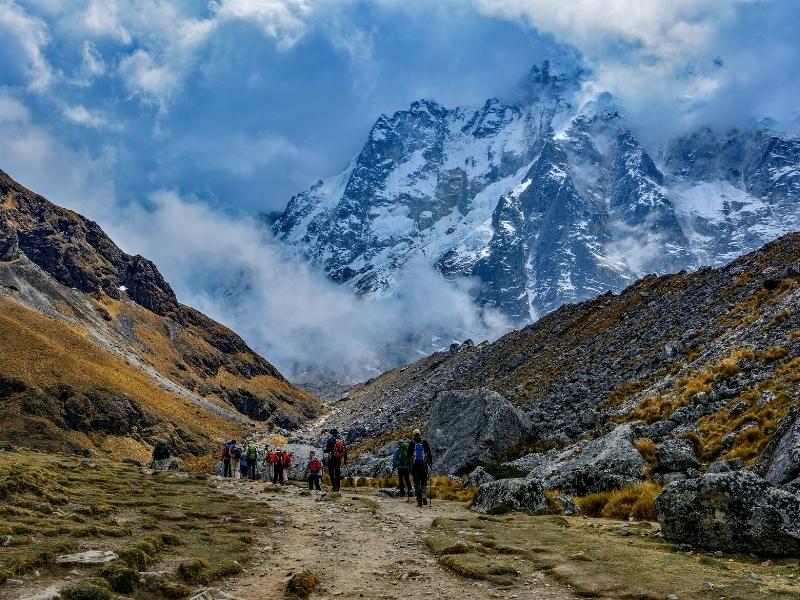
Discover the largest trail used by the Incas, to communicate between the sacred cities of Machu Picchu and Choquequirao, passing through the high mountains of the snowy Salkantay. Our tour is designed for lovers of the most demanding trekking circuits.
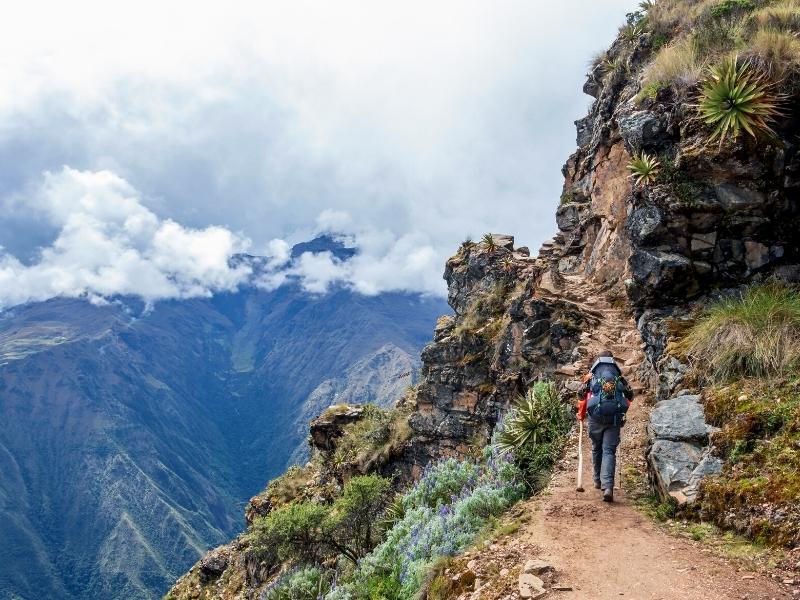
Visit the two jewels of Inca architecture, the sacred sanctuary of Choquequirao is built on a mountain above the great canyon of the Apurimac River, then you will visit the modern wonder of Machu Picchu together with our guides who are passionate about the history and culture of Peru.
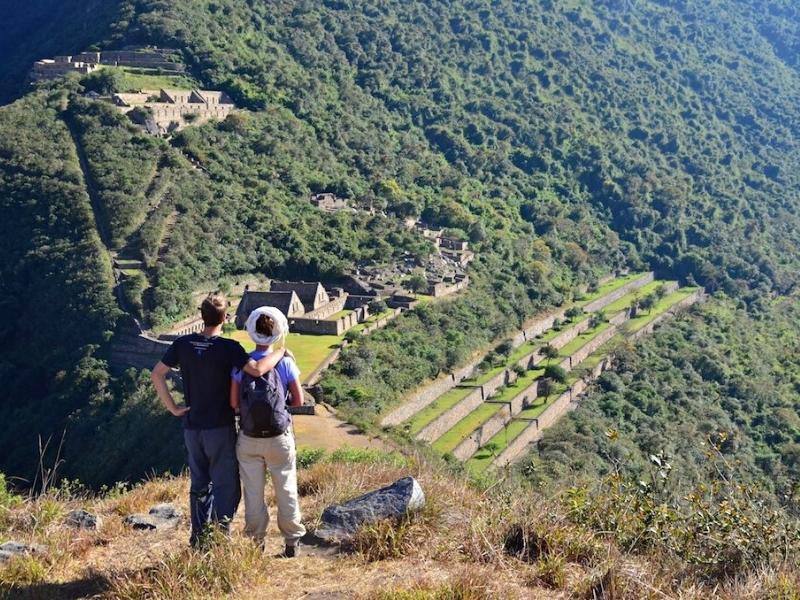
Trek to Choquequirao where you will find spectacular Inca ruins, Amazing scenery, breathtaking mountain views around every corner, incredible nature, the place practically just for you.